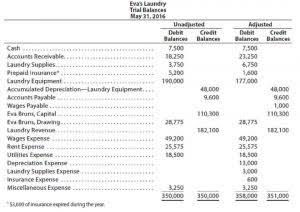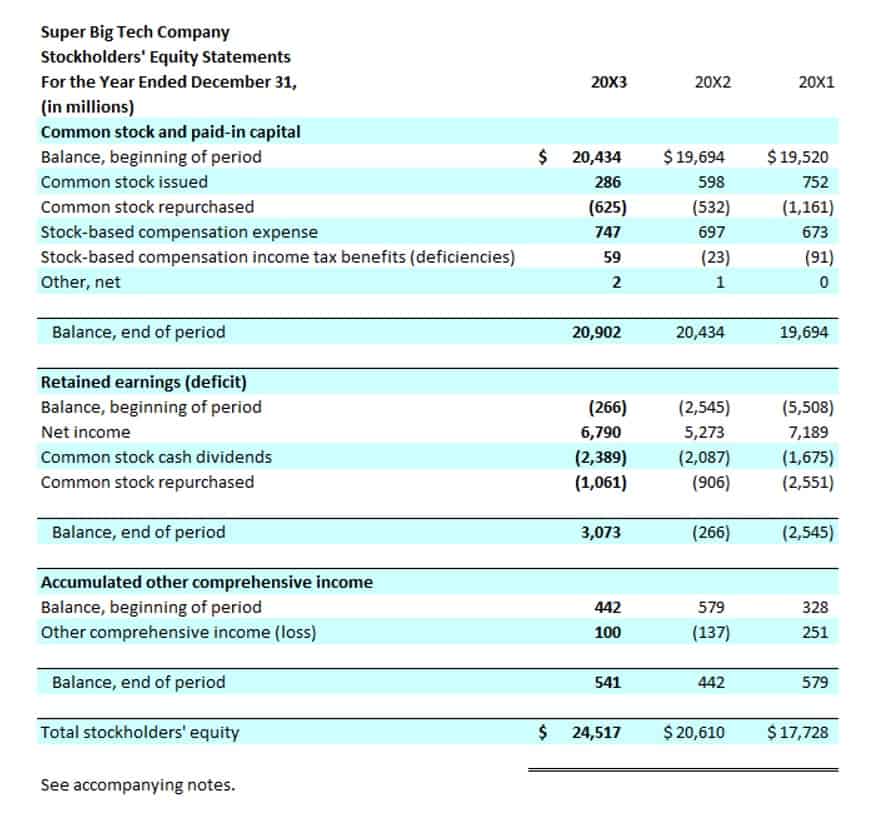
Such spending visibility allows informed trade-offs between buying and renting options balancing ownership tax benefits against idle resource risks throughout infrastructure build cycles. Single contract for both architectural design and construction by the same entity. General contractors and subcontractors submit competitive bids and negotiate pricing. Contract terms are finalized aligning client requirements with builders’ capabilities. Involves feasibility studies, architectural plans, surveying, zoning permits, and finalizing project specifications before construction begins. – Managing CIP accounts require proper knowledge, experience, and advanced bookkeeping tools.
How to record construction-in-progress charges

So, CIP focuses on construction assets, whereas WIP deals with inventory in production. As these solutions gain maturity, they are likely to be game changers in elevating CIP accounting and financial control. 5G and IoT – Connected devices and equipment provide continuous streams of granular operational data to optimize workflows, resources, and expenses.

What Is Accounting Construction In Progress (CIP)?
However, you must know that the nature of costs and revenues in every construction contract varies. You should pre-screen CIP-related invoices when they are first entered into the system, so that items to be expensed are charged off at once. They should NOT be stored in the CIP account; otherwise, there is a considerable risk that expensable items will not actually be charged off for some time.
What Other Types of Contra Accounts Are Recorded on the Balance Sheet?
By capitalizing these costs in progress, companies can more accurately reflect the value of the project and its impact on the financial statements. Yes, construction in progress costs are capitalized by recording them as an asset on the balance sheet. Capitalizable costs include materials, labor, equipment costs and any other costs necessary to bring the asset to a usable state.

CIP represents capital investment in assets under construction, expected to provide future economic benefits. During construction, CIP is not depreciated because it’s not yet available for use. All direct project costs are accumulated in the CIP account and transferred to the normal balance appropriate fixed asset account upon completion, where depreciation begins. Construction-in-process accounting involves capturing and accumulating all costs related to building or developing fixed assets during the construction period. Tracking CIP provides deep visibility into project performance, ensures accurate financial reporting, and facilitates operational decisions.

While both CIP and WIP (Work in Progress) accounting deal with ongoing projects, they serve different purposes. CIP is used for fixed-asset construction projects, such as buildings or infrastructure, while WIP tracks costs for operational projects or production processes, such as manufacturing. Construction in progress is cip accounting reported on the balance sheet as a separate line item, usually under the category of property, plant, and equipment.
Factors Impacting Accounting Method Selection
High risks from contract disputes, design delays, etc lean towards a Bookstime completed approach. Accounting Impact – Revenue recognition aligned to overall percentage completion. – Construction-in-progress and other accounts must be separate to minimize the hassle and keep records balanced. We offer dynamic checkboxes on our pricing page to help you estimate costs based on the services you require. This ensures transparency and allows you to choose the best options for your budget. Strict adherence to GAAP requires meticulous documentation and accounting principles.
- CIP represents ongoing construction projects, whereas fixed assets are completed projects that are ready for use.
- Utilizing purpose-built software solutions can greatly enhance CIP accounting and management.
- However, once the project is completed and the costs are transferred from CIP to fixed assets, depreciation begins.
- Besides business dealing in building huge fixed assets, also use construction in progress accounting.

An accountant will report spending related to the construction-in-progress account in the “property, plant, and equipment” asset section of the company’s balance sheet. The percentage of completion method provides the timeliest information on financial performance as income and expenses are recognized throughout the construction period. However, it relies heavily on accurate progress estimates and is more complex to implement. For example, Planyard automatically updates budgets as costs are recorded, ensuring real-time accuracy without the need for redundant data entry.